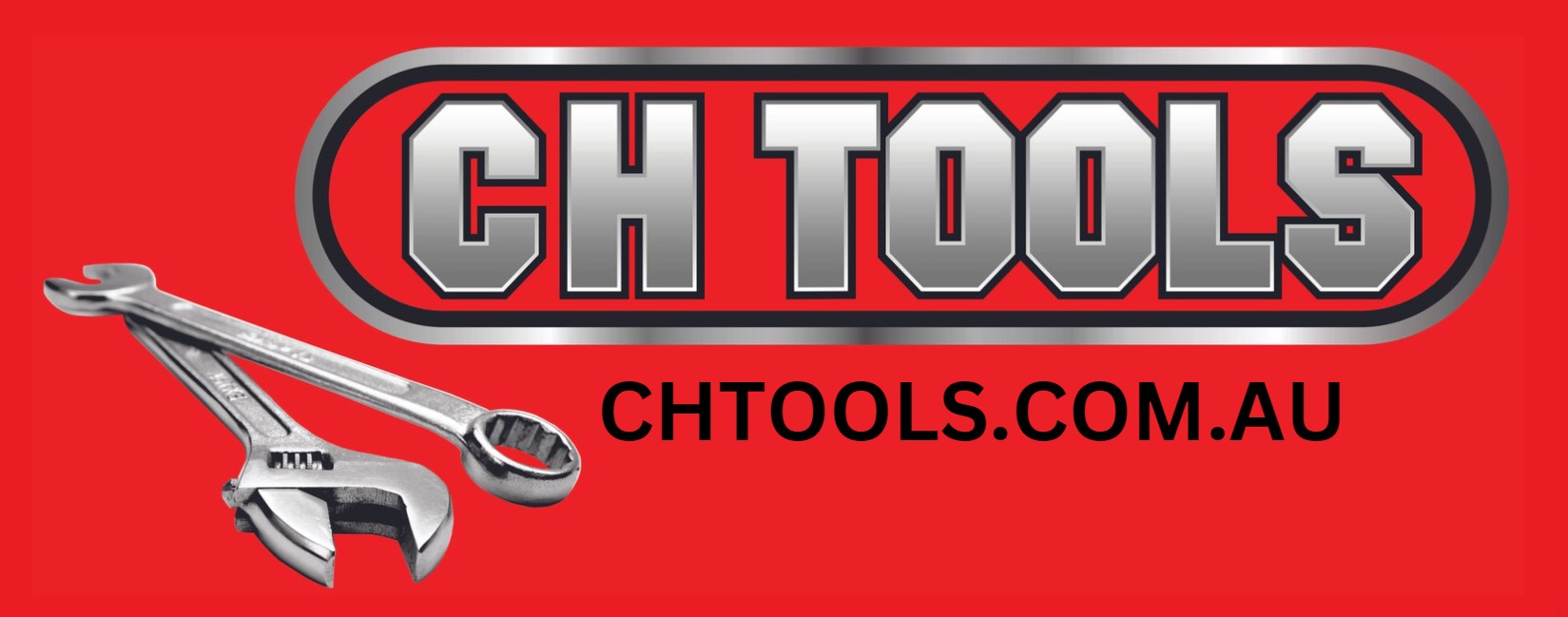Follow us:
Superior Chemicals & Lubricants: Enhancing Performance and Durability





Guide to Selecting the Correct Chemicals and Lubricants for Automotive Use
Selecting the right chemicals and lubricants for automotive applications is essential for maintaining vehicle performance, safety, and longevity. Here’s a comprehensive guide to help you choose the best products for your automotive needs:
1. Understand the Vehicle’s Requirements
- Manufacturer Recommendations: Always refer to your vehicle’s owner manual for specific recommendations on chemicals and lubricants.
- Type of Vehicle: Different vehicles may require different products based on their make, model, and engine type.
- Operating Conditions: Consider the conditions in which the vehicle operates (e.g., extreme temperatures, heavy loads).
2. Types of Automotive Chemicals and Lubricants
- Engine Oils: Essential for lubricating and protecting the engine.
- Viscosity Ratings: Choose based on the recommended viscosity grade (e.g., 5W-30, 10W-40). This ensures proper flow and protection at various temperatures.
- Oil Types:
Conventional Oil: Standard mineral oil, suitable for older vehicles.
Synthetic Oil: Provides better performance and protection, suitable for modern engines and extreme conditions.
Blended Oil: A mix of conventional and synthetic oils, offering a balance of performance and cost.
- Transmission Fluids: Required for the smooth operation of automatic or manual transmissions.
- Automatic Transmission Fluid (ATF): Choose according to the vehicle manufacturer’s specifications.
- Manual Transmission Fluid: Ensure compatibility with the transmission type and vehicle requirements.
- Coolants and Antifreeze: Prevent overheating and freezing of the engine coolant.
- Coolant Types:
Ethylene Glycol-Based: Commonly used in many vehicles.
Propylene Glycol-Based: Less toxic and suitable for certain applications.Mixing Ratio: Typically a 50/50 mix of coolant and water is recommended, but follow manufacturer guidelines.
- Brake Fluids: Essential for proper brake system function.
Types:
DOT 3: Standard brake fluid for most vehicles.
DOT 4: Higher boiling point, suitable for performance or heavy-duty applications.
DOT 5: Silicone-based fluid, not compatible with DOT 3 or DOT 4.
- Compatibility: Ensure compatibility with the vehicle’s brake system.
- Power Steering Fluids: Required for the smooth operation of the power steering system.
- Types: Choose fluid based on manufacturer specifications, as different vehicles may use different formulations.
- Greases: Provide lubrication to moving parts.
- General Purpose Grease: Suitable for many automotive applications.
- Specialized Greases: For high-temperature or high-pressure applications (e.g., wheel bearings).
- Cleaning Chemicals: For maintaining and cleaning various vehicle parts.
- Degreasers: Remove grease and oil from engine components.
- Brake Cleaners: Dissolve brake dust and contaminants from brake components.
- Car Wash Soaps: Gentle on paint and effective at removing dirt and grime.
3. Product Specifications and Compatibility
- Formulations: Ensure the chemical or lubricant is formulated for automotive use and meets industry standards.
- Certification: Look for certifications or approvals from vehicle manufacturers or industry organizations (e.g., API, SAE).
- Compatibility: Ensure the product is compatible with existing fluids or materials in the vehicle to avoid damage or performance issues.
4. Safety and Handling
- Safety Data Sheets (SDS): Review SDS for information on handling, storage, and emergency procedures.
- Personal Protective Equipment (PPE): Wear appropriate PPE, such as gloves and safety glasses, when handling chemicals.
- Proper Storage: Store chemicals and lubricants in a cool, dry place, away from direct sunlight and extreme temperatures.
5. Quality and Brand
- Reputable Brands: Choose products from well-known brands with a reputation for quality and reliability.
- Product Reviews: Check reviews and ratings from other users to gauge the effectiveness and reliability of the product.
6. Cost Considerations
- Cost vs. Quality: Balance cost with quality and performance. Higher-quality products may offer better protection and longer intervals between maintenance.
- Bulk Purchasing: Consider purchasing in bulk if you frequently use certain products, but ensure proper storage to maintain product integrity.
7. Environmental Impact
- Eco-Friendly Options: Choose products with lower environmental impact, such as biodegradable cleaners or low-toxicity lubricants.
- Disposal: Follow proper disposal guidelines for used chemicals and lubricants to minimize environmental harm.
8. Regulations and Compliance
- Local Regulations: Adhere to local regulations and guidelines for automotive chemicals and lubricants.
- Legal Requirements: Ensure compliance with regulations regarding the use and disposal of hazardous materials.
By carefully evaluating these factors, you can select the correct chemicals and lubricants to maintain your vehicle’s performance, safety, and longevity.
CONTACT US TO FIND OUT MORE ABOUT THE TOOLS WE RANGE IN-STORE
